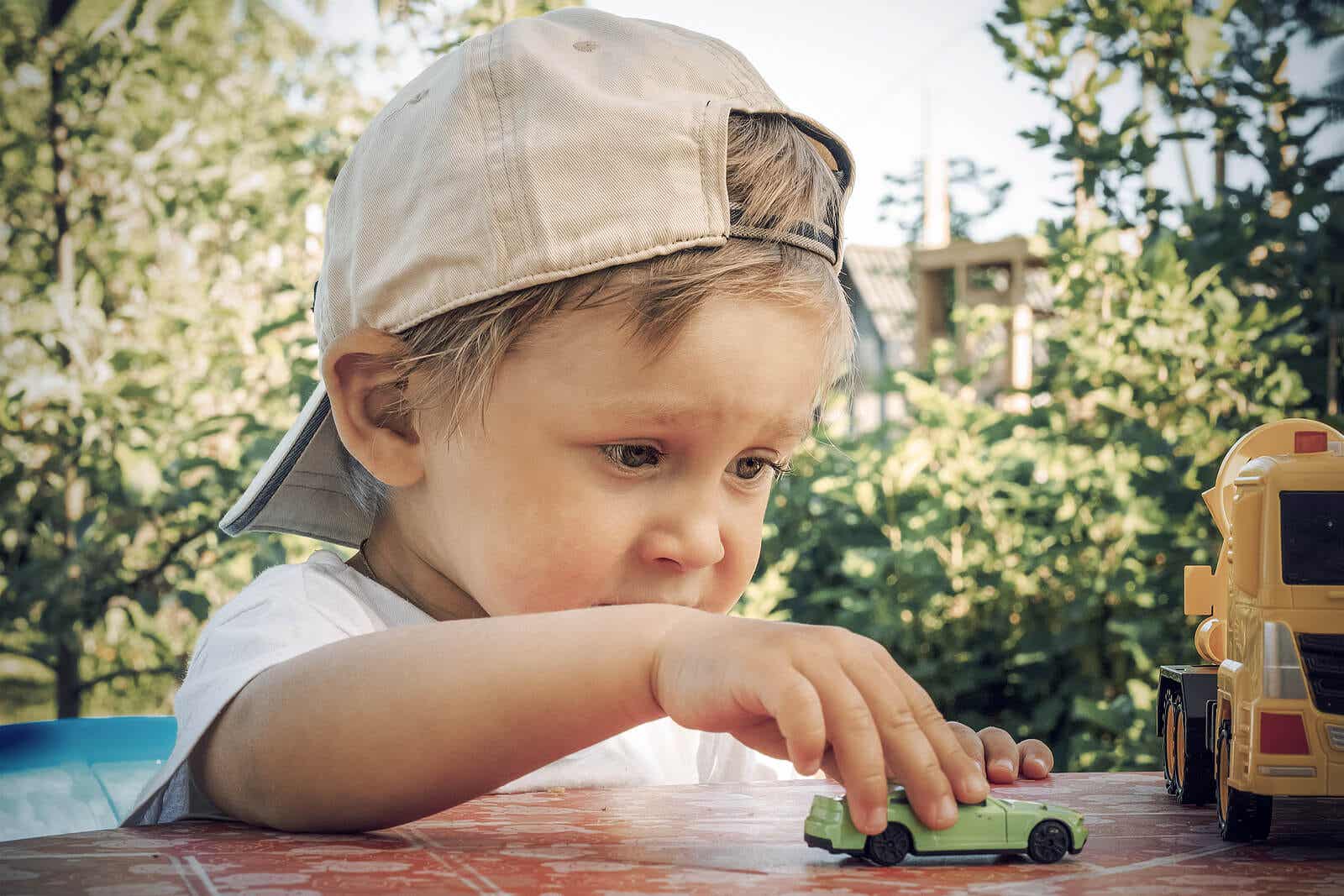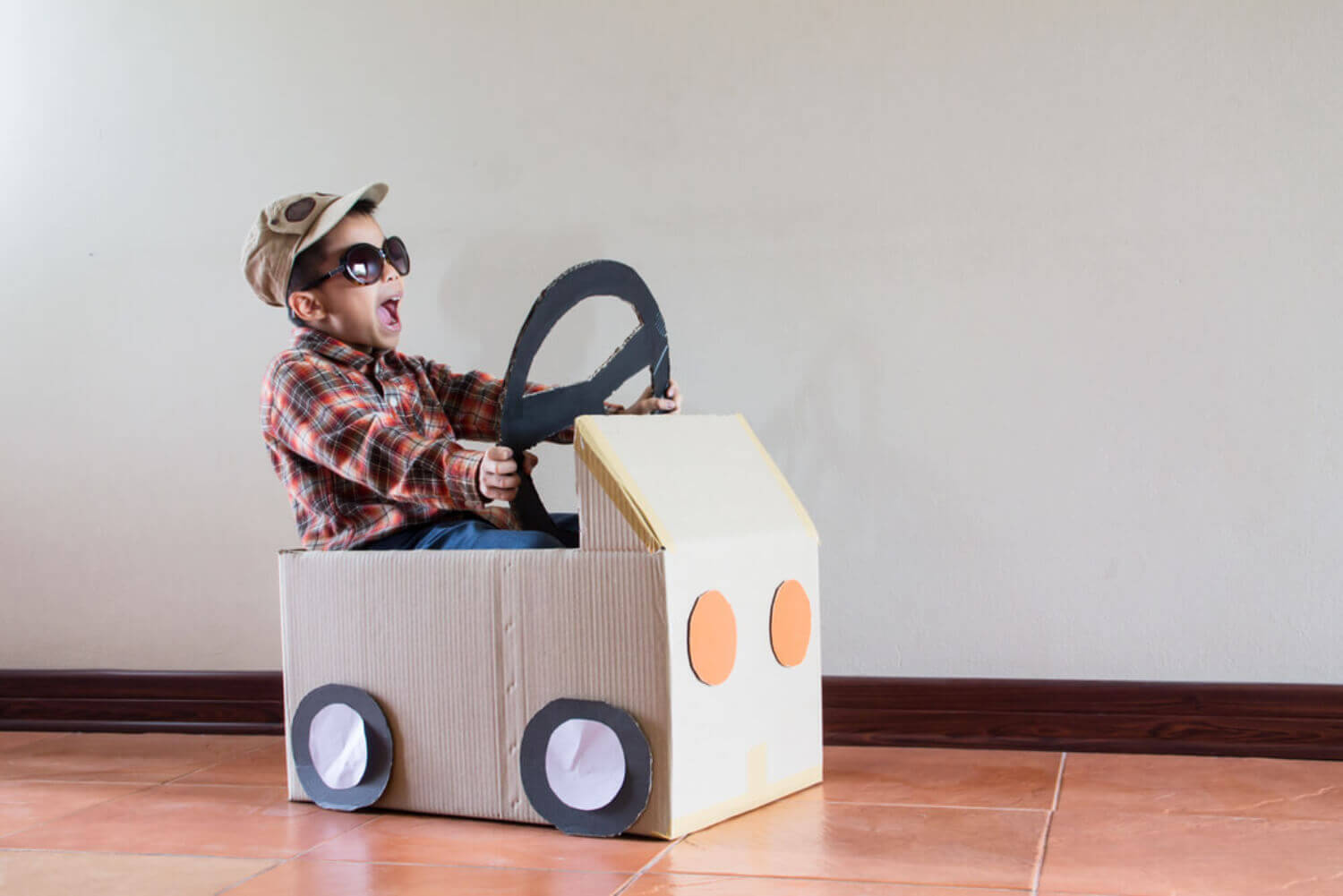Types of Play That Are Important for Your Child

The role of parents is to set the stage for the holistic development of their children. The best way to do this is to motivate and create an opportunity for regular play. In this sense, parents can encourage a variety of experiences through different types of play and their unique benefits.
Play helps children develop. There are four main areas of development in various types of play: Physical, cognitive, emotional, and social. Through play, each of these areas is stimulated and developed from birth and during the early years of childhood.
Types of play in early childhood
These categories of play are based on their features or on how they help children’s development. In addition, they’re all important, and you’ll notice that your child engages in several types of play throughout the day, often switching from one to another.
Some types are more common at different ages: Baby, toddler, preschooler, and first-grader.
- Ritual play. This is the rhythmic repetition of sounds or words. Young children do it out of pure pleasure and often use exaggerated body movements.
- Language play. This type of play involves making up nonsense words and rhyming words. It begins before a child learns to converse.
- Fantasy or symbolic play. Also known as pretend play, dramatic play, or fantasy play. This is the highest form of play and involves “acting out” ideas, using objects, and playing roles. An example would be using jump ropes as hoses, dressing up, and pretending to be firefighters.

- Sensory stimulating play. This type of play involves stimulating the senses and experiencing sounds, rhythms, tastes, textures, smells, colors, shapes, and movements. A baby, for example, will want to touch everything or place objects in their mouth.
- Investigative (exploratory) play. At this stage, the toddler wants to see what happens when materials are handled. An example would be going from testing blocks to stacking them to see what happens.
- Competitive play. This refers to games with rules and rituals. Children’s play becomes more structured at this stage and may involve multiple players.
- Constructive play. Constructive play involves creating things and handling objects in order to make something. Examples would be stacking blocks, building a fort, or making a machine out of cardboard boxes.
- Physical (motor) play. This refers to play that’s purely physical in nature, such as jumping, climbing, or riding a tricycle.
- Expressive (creative) play. This refers to creating art, music, or even writing to express creativity.
Types of play up to the age of 9
Typical play during the various stages of childhood can vary, and that’s not a bad thing at all. In fact, it’s necessary for children to explore different types of play for their development. Take note if your child’s level of play is developmentally appropriate. Here are some rough guidelines which may vary slightly from child to child.
Babies
- Oral activities: Breastfeeding and other lip movements.
- Making and listening to sounds.
- Playing with breath and saliva.
- Doing mouth exercises.
- Playing with body parts, their mother’s hair, buttons, etc.
- Playing games such as “Where are you? There you are!”.
- Playing with objects.
Toddlers
- Imitating parents.
- Beginning to play peek-a-boo.
- Exploring their own and their mother’s bodies.
- Picking up, dropping, stacking, banging, filling, emptying, etc.
- Experimenting movements.
- Initiating pretend play.
Types of play for 3-year-olds
- Collecting objects,
- Engaging in sensorimotor activities,
- Imitating affection modeled in the family, towards people and objects,
- Showing some aggression in play, e.g. imitating a superhero (fantasy becomes reality),
- Playing games about disappearing and reappearing.
- Following a play ritual for safety, e.g. building a puzzle when dropped off at school every day.
- Role-playing, e.g. pretending to be a parent or an animal.
Age of 4
- Expressing aggression through play, e.g. being superheroes, chasing monster games, hiding from “bad guys”, etc.
- Playing hide-and-seek games.
- Having a better understanding of fantasy and reality, e.g. pretending to be a bear or playing with a toy bear.
- Fantasy play includes broader themes outside the home and family, e.g. fire station.
- Nurse-doctor type play arises from curiosity about the body.
- Male and female gender roles are emphasized in play.
- Socializing more with others.
- Testing physical skills in play.

Age of 5
- Playing the games mentioned above or beginning to play with rules.
- Engaging in fantasy play, but with a clear understanding of fantasy and reality.
- Acting out stressful situations or feelings of anxiety through play.
- Role-playing becomes more complex and can also be carried out through puppet shows or staged stories.
- Fascination with romance begins by chasing girls or acting out weddings or fairy tales.
Age 6 to 9
- Fantasy play may continue after the age of 9, but it’s more elaborate and the same plot may continue for several days.
- Play may be gory and dramatic.
- They need frequent physical play and have boundless energy.
- More advanced games, such as skating or ball games: They may participate in team sports.
- They joke about romance.
- Themes such as bravery, injury, and attractiveness emerge in play.
In short, as children get older, the types of play they participate in change. Therefore, it’s important that you take into account their level of development when suggesting what they could play.
The role of parents is to set the stage for the holistic development of their children. The best way to do this is to motivate and create an opportunity for regular play. In this sense, parents can encourage a variety of experiences through different types of play and their unique benefits.
Play helps children develop. There are four main areas of development in various types of play: Physical, cognitive, emotional, and social. Through play, each of these areas is stimulated and developed from birth and during the early years of childhood.
Types of play in early childhood
These categories of play are based on their features or on how they help children’s development. In addition, they’re all important, and you’ll notice that your child engages in several types of play throughout the day, often switching from one to another.
Some types are more common at different ages: Baby, toddler, preschooler, and first-grader.
- Ritual play. This is the rhythmic repetition of sounds or words. Young children do it out of pure pleasure and often use exaggerated body movements.
- Language play. This type of play involves making up nonsense words and rhyming words. It begins before a child learns to converse.
- Fantasy or symbolic play. Also known as pretend play, dramatic play, or fantasy play. This is the highest form of play and involves “acting out” ideas, using objects, and playing roles. An example would be using jump ropes as hoses, dressing up, and pretending to be firefighters.

- Sensory stimulating play. This type of play involves stimulating the senses and experiencing sounds, rhythms, tastes, textures, smells, colors, shapes, and movements. A baby, for example, will want to touch everything or place objects in their mouth.
- Investigative (exploratory) play. At this stage, the toddler wants to see what happens when materials are handled. An example would be going from testing blocks to stacking them to see what happens.
- Competitive play. This refers to games with rules and rituals. Children’s play becomes more structured at this stage and may involve multiple players.
- Constructive play. Constructive play involves creating things and handling objects in order to make something. Examples would be stacking blocks, building a fort, or making a machine out of cardboard boxes.
- Physical (motor) play. This refers to play that’s purely physical in nature, such as jumping, climbing, or riding a tricycle.
- Expressive (creative) play. This refers to creating art, music, or even writing to express creativity.
Types of play up to the age of 9
Typical play during the various stages of childhood can vary, and that’s not a bad thing at all. In fact, it’s necessary for children to explore different types of play for their development. Take note if your child’s level of play is developmentally appropriate. Here are some rough guidelines which may vary slightly from child to child.
Babies
- Oral activities: Breastfeeding and other lip movements.
- Making and listening to sounds.
- Playing with breath and saliva.
- Doing mouth exercises.
- Playing with body parts, their mother’s hair, buttons, etc.
- Playing games such as “Where are you? There you are!”.
- Playing with objects.
Toddlers
- Imitating parents.
- Beginning to play peek-a-boo.
- Exploring their own and their mother’s bodies.
- Picking up, dropping, stacking, banging, filling, emptying, etc.
- Experimenting movements.
- Initiating pretend play.
Types of play for 3-year-olds
- Collecting objects,
- Engaging in sensorimotor activities,
- Imitating affection modeled in the family, towards people and objects,
- Showing some aggression in play, e.g. imitating a superhero (fantasy becomes reality),
- Playing games about disappearing and reappearing.
- Following a play ritual for safety, e.g. building a puzzle when dropped off at school every day.
- Role-playing, e.g. pretending to be a parent or an animal.
Age of 4
- Expressing aggression through play, e.g. being superheroes, chasing monster games, hiding from “bad guys”, etc.
- Playing hide-and-seek games.
- Having a better understanding of fantasy and reality, e.g. pretending to be a bear or playing with a toy bear.
- Fantasy play includes broader themes outside the home and family, e.g. fire station.
- Nurse-doctor type play arises from curiosity about the body.
- Male and female gender roles are emphasized in play.
- Socializing more with others.
- Testing physical skills in play.

Age of 5
- Playing the games mentioned above or beginning to play with rules.
- Engaging in fantasy play, but with a clear understanding of fantasy and reality.
- Acting out stressful situations or feelings of anxiety through play.
- Role-playing becomes more complex and can also be carried out through puppet shows or staged stories.
- Fascination with romance begins by chasing girls or acting out weddings or fairy tales.
Age 6 to 9
- Fantasy play may continue after the age of 9, but it’s more elaborate and the same plot may continue for several days.
- Play may be gory and dramatic.
- They need frequent physical play and have boundless energy.
- More advanced games, such as skating or ball games: They may participate in team sports.
- They joke about romance.
- Themes such as bravery, injury, and attractiveness emerge in play.
In short, as children get older, the types of play they participate in change. Therefore, it’s important that you take into account their level of development when suggesting what they could play.
This text is provided for informational purposes only and does not replace consultation with a professional. If in doubt, consult your specialist.








